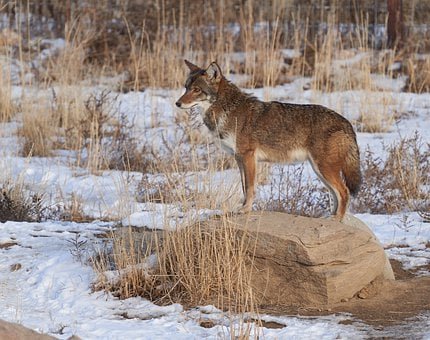I published this blog last summer, but it’s message must be repeated.
I posted this information two years ago but it is worth repeating in order to remind everyone how dangerous things can get in the hot summer temperatures. Watching the screen on our weather station located in our front yard, my heart sinks thinking of all the animals outside in the rising temperatures. Too many are left unattended, provided with an insufficient supply of fresh, cool water, shade, or comfortable shelter, and chained to a tree or stake. Why do these people have a pet? Would they like to be chained for hours? Do they care about their dog who depends on them for life's essentials, including real love and genuine care?
The following is a reprint of an article from FOX59 news. The additional requirements of the ordinance are good, but I would like to see them go further. The consequences need to carry a bigger penalty that bites into the human’s purse and personal comforts. Perhaps they should experience what they put their precious pets through. At the least, the pups need to be taken out of the home. Children are taken from unsafe environments, and we need to protect the ones without voices - we must be their voices and protectors.
“Indianapolis, Indiana has a new addition to the Indianapolis Animal Care and Treatment Ordinance that defines the extreme low and high temperatures at which point dog owners must bring their dog inside a temperature-controlled facility.
The new rules were added to the Care and Treatment of Animals ordinance in September 2015, and this is the first summer they are in effect.
According to the ordinance, it is now required by law to provide your dog with shelter when the temperature reaches 80 degrees Fahrenheit, and you must bring your dog inside when it’s warmer than 90 degrees Fahrenheit.
The law also sets new requirements for tethering and enclosures. Here is a complete list of the improvements made to the ordinance, as provided by Friends of Indianapolis Dogs Outside (FIDO):
Shelter
Your dog must have access to:
A shelter constructed of solid wood or other weather-resistant materials consisting of solid walls on all sides
A dry floor raised above the ground
A roof sloped away from the entrance to protect your dog from weather and extreme cold
Pen or Fenced Enclosure
Your dog must have adequate space for exercise when confined to a kennel, enclosure or pen which must be at least 100 square feet (for example 10ft. x 10ft.)
Any dog over 80 pounds must be provided with a space of 150 square feet
For each additional dog inside the enclosure, an extra 50 square feet must be provided
Tethering
It is against the law to tether (chain) your dog if any of the following is true:
Your dog is less than 6 months old
Your dog is sick or injured
It is between 11 p.m. and 6 a.m.
Your dog is not spayed or neutered, unless you are an adult, your dog is in your visual range, and you are outside with your dog
Extreme Weather
Your dog must be brought inside a temperature-controlled building, such as your house when:
The temperature outside is 90°F & above
There’s a heat advisory
There’s a wind chill warning
A tornado warning has been issued
Shade
On any day where the temperature is at or above 80°F, your dog’s shelter must be shaded by either trees or a tarp.
"The new ordinance does not prohibit people from walking their dog or letting their dog outside to relieve themselves. The new ordinance is targeted at situations where dogs are otherwise living in extreme temperatures 24/7 or close to it," said Darcie Kurtz of FIDO.
A person who violates any part of this ordinance will receive a $25 fine for the first violation and a $200 fine for the second or subsequent violations. Additionally, a court may decide to take the dog away from the pet owner.
According to the Humane Society of Indianapolis, unlike humans, dogs are only able to perspire around their paws which is not enough to keep their body cool.
Some signs of heatstroke are panting, staring, anxious expression, refusal to obey commands, warm, dry skin, high fever, rapid heartbeat, vomiting, and collapse. If your dog experiences any of these symptoms, call a veterinarian immediately and lower the animal’s body temperature by applying towels soaked in cool water to the hairless areas of the body.



